SUMMARY
This is AI generated summarization, which may have errors. For context, always refer to the full article.
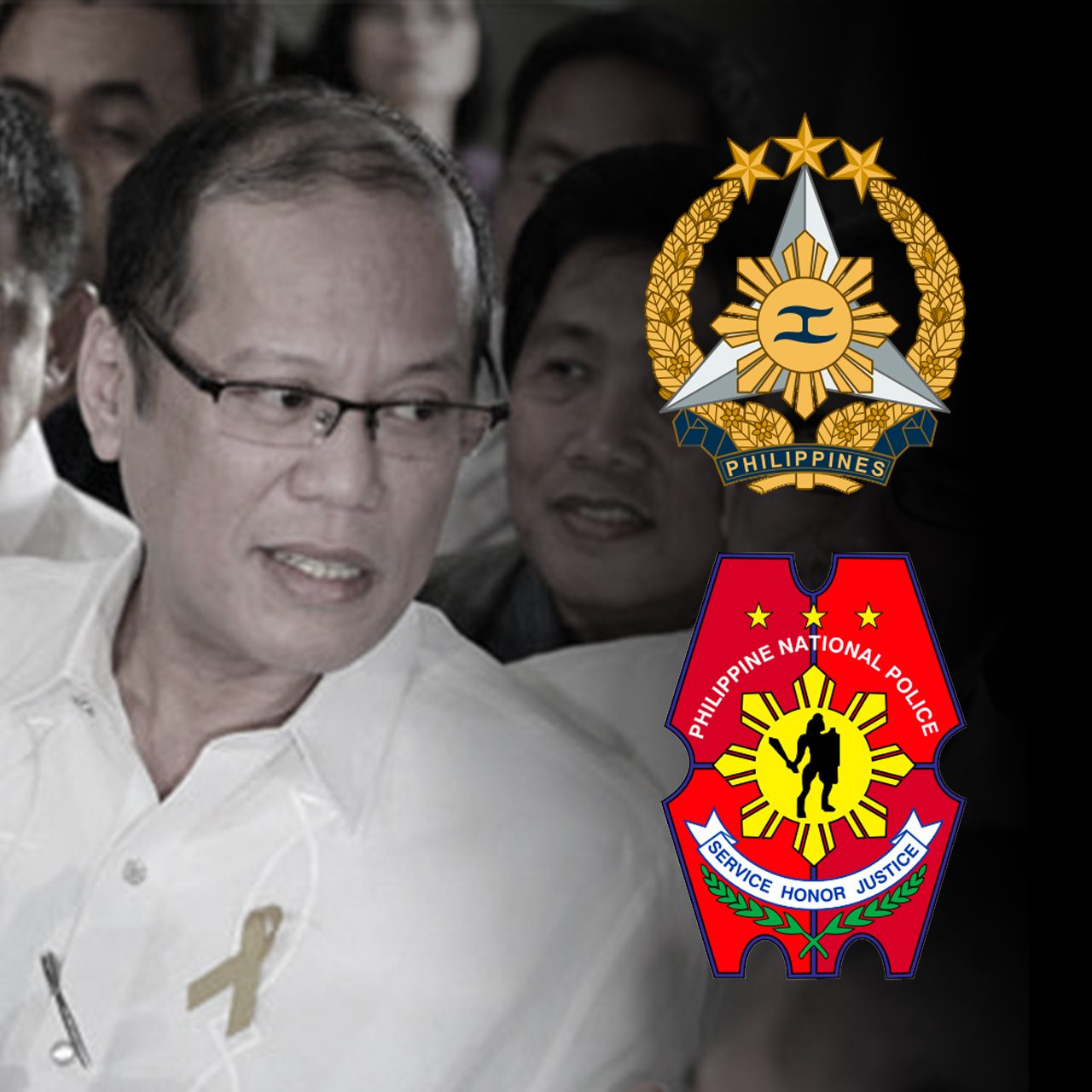
Because of the heavy criticism that former president Benigno “Noynoy” Aquino III got for his handling of the Mamasapano operation – the botched hunt for a most wanted terrorist that led to the death of 44 elite policemen – it is easy assume that it may be the only thing that defined his relationship with the uniformed men and women.
In fact, the Philippine police and military mourned the death of their former commander in chief on June 24, and celebrated his contributions to the security sector.
In a statement, Armed Forces of the Philippines chief of staff General Cirilito Sobejana expressed his condolences to Aquino’s family, and recognized the former president’s support to the AFP, most especially the passage of Republic Act 10349, which strengthened the military’s modernization program.
Philippine National Police chief Police General Guillermo Eleazar paid his last respects to Aquino, and acknowledged his programs that introduced innovations into the country’s police force.

Below is the list of the Aquino administration’s programs that helped improve the state forces’ capacity to protect national security.
PNP Modernization
The Aquino administration implemented the PNP Capability Enhancement Program and the PNP Operational Transformation Plan.
These programs ensured the effectiveness of the police force by increasing the number of personnel on active field duty. Aquino also facilitated the procurement of prescribed firearms, such as pistols and rifles, at a lower cost.

Aquino also allotted P9 billion (around $189 million) for the PNP modernization program.
The program sought the hiring of additional 30,000 non-uniformed personnel for administrative functions in the PNP. It also sought the procurement of 945 patrol jeeps for police stations nationwide, and the purchase of 13,537 N14 rifles and around 4,997 mobile radios.
Anti-crime programs
Unlike President Rodrigo Duterte’s bloody approach to fighting criminality, his predecessor launched a more peaceful approach to addressing criminality. Under Aquino, the PNP had at least three flagship anti-crime activities.
The PNP launched PNPPulis Nyo Po sa Barangay (PSBs), where one police head was assigned to a certain barangay and acted as bridge between the community and his unit. The program was to ensure effective execution of barangay-based public safety services. For the program, the PNP deployed a total of 33,720 PSBs, who served as point persons of the PNP in the country’s smallest government unit.
There was also the Police Integrated Patrol System, where the units intensified foot and mobile patrols, checkpoints, and choke points.
The PNP also strengthened the security of the tourism sector through the National Tourist-Oriented Police for Community Order and Protection Program. At least 1,878 policemen were deployed to man the 1,018 tourist assistance desks nationwide.
Unlike the Duterte PNP’s Oplan Tokhang, which has resulted in the deaths of thousands of drug suspects, the Aquino PNP’s Oplan Katok sought to eliminate loose firearms in the country to avoid further crimes.
In three years, the PNP conducted house visits, which resulted in the retrieval of around 491,929 unrenewed firearm licenses. This was 92.29% of the targeted 532,981 unrenewed firearm licenses in the country.
Strengthened PH-US military ties
To address the rising tension in the region due to territorial disputes, Aquino strengthened the military ties between the Philippines and the United States.
The Enhanced Defense Cooperation Agreement (EDCA) was passed during the Aquino administration. It was in addition to the existing Mutual Defense Treaty, signed in 1951 to strengthen the military cooperation between the two countries, and the Visiting Forces Agreement (VFA), which allowed US military presence in the country.
The EDCA allowed additional US military presence in the country. The agreement facilitated the annual Balikatan or joint military exercises, the construction of facilities and infrastructure upgrades, as well as the storage and prepositioning of defense materials.
The Philippines also strengthened its capabilities for external and territorial defense with EDCA’s help. The program also promoted the following:
- Interoperability
- Capacity building towards AFP modernization
- Strengthening AFP for external defense
- Maritime security
- Maritime domain awareness
- Humanitarian assistance and disaster response
The EDCA was criticized by leftist groups, but Aquino made sure that there would be a “clear provision that the US would not establish a permanent military presence or base in the Philippines.”
Defense agreement with Japan
Aquino also strengthened the country’s alliance with one of its long-time allies, Japan. On February 29, 2016, the Philippines and Japan signed an agreement that allowed the transfer of Japanese defense equipment and technology to the Philippines.
It also allowed both countries to conduct joint research and development, and even joint production, of defense equipment and technology. The agreement also created a joint committee that would manage the transfer of the equipment.
The agreement was Japan’s first treaty with an Asian country and took only three months to be finalized and signed. In 2012, both countries signed the Statement of Intent on Defense Cooperation Exchanges, which paved the way for the signing of the 2016 defense agreement.

AFP modernization
During Aquino’s term, Republic Act 10349, which revitalized the Armed Forces of the Philippines’ modernization program, was passed.
The commander-in-chief also upheld the importance of equipping the armed forces with advanced technologies to better respond to domestic and regional security threats. Under Aquino, the Philippines’ armed forces received a lengthy list of used assets from different countries as part of military aid programs.
The AFP also made new military acquisitions, such as 12 South Korean FA-50 light fighters, three Spanish CN-295 transporter aircraft, an Indonesian land platform dock (LPD), 13 Italian A-109 light attack helicopters, eight American Bell-412 utility helicopters, and more than 200 South Korean military trucks.
According to then-defense secretary Voltaire Gazmin, Aquino was able to finish 36 AFP modernization projects amounting to P41.2 billion. – Rappler.com
Add a comment
How does this make you feel?
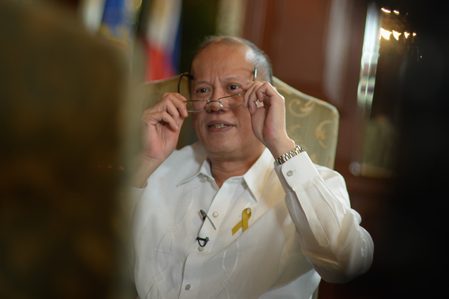
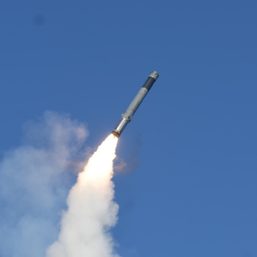
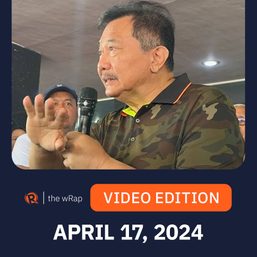
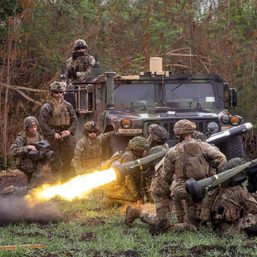
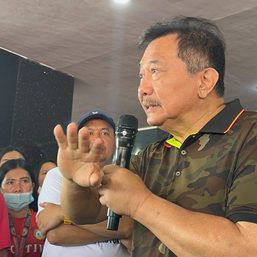
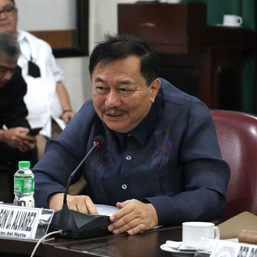
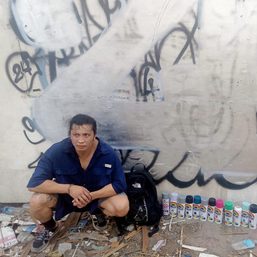
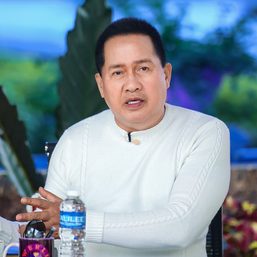
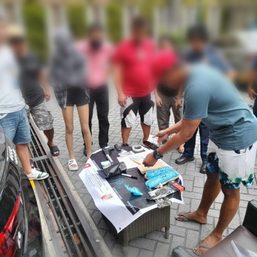
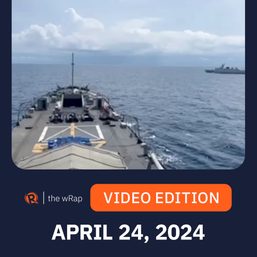


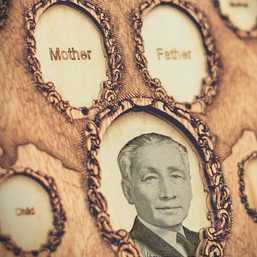
![[EDITORIAL] Marcos, bakit mo kasama ang buong barangay sa Davos?](https://www.rappler.com/tachyon/2023/01/animated-marcos-davos-world-economic-forum-carousel.jpg?resize=257%2C257&crop_strategy=attention)
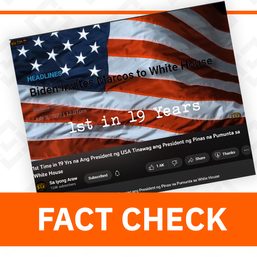
There are no comments yet. Add your comment to start the conversation.